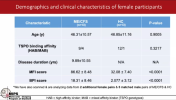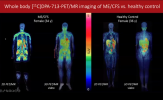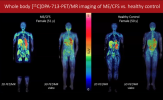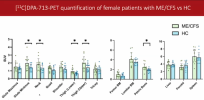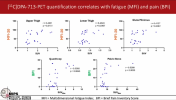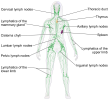rapidboson
Senior Member (Voting Rights)
Was thinking the same.Jonathan will appreciate Robert Phair's question on whether ME/CFS is an inflammatory process and what actually differs between acute and chronic inflammation and how can we be precise with our language? They seemed to express that its not a precise word but they don't yet know how to express the gradient of responses being seen and what to call it. What I didn't get a good answer to was is the cell types and molecules different and I think he is right that really matters.

